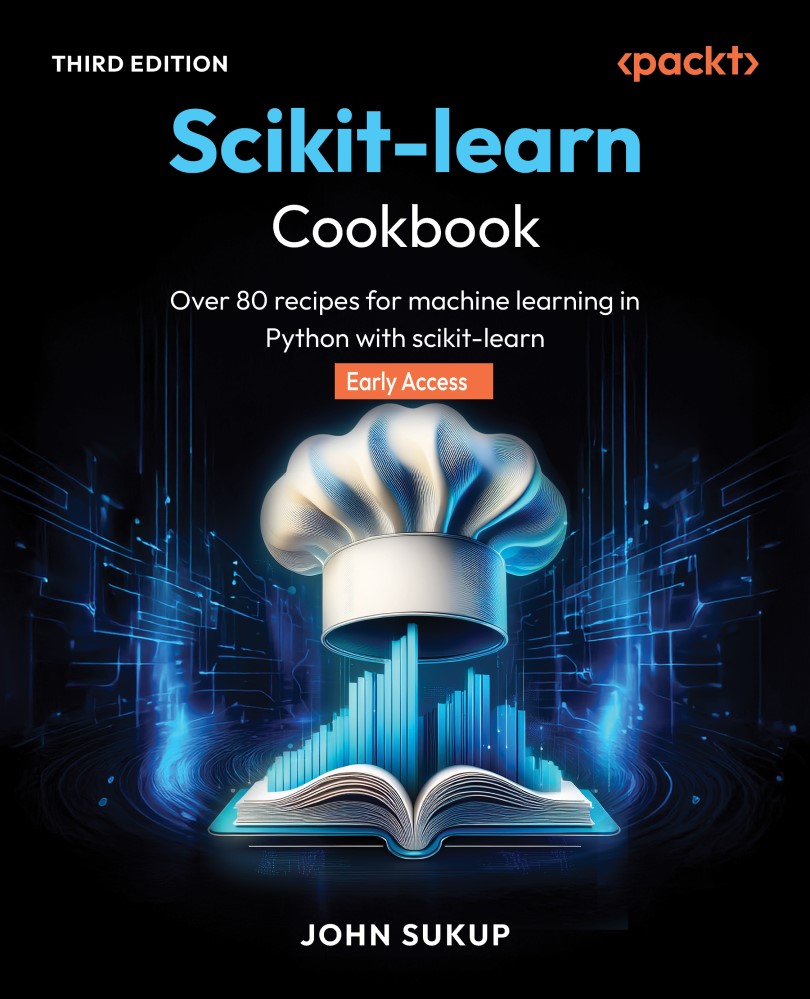Practical Exercises with KNN Models
In this final recipe, you will engage in practical exercises that involve building, tuning, and evaluating KNN models on real-world datasets. These exercises are designed to reinforce the concepts learned throughout the chapter and demonstrate how to effectively apply KNN in various scenarios. By the end of this section, you will have hands-on experience that they can leverage in their own ML projects.
Exercise 1: Building a KNN Classifier
In this example, you’ll build a simple KNN classifier using a dataset of your choice. It’s encouraged that you’ll use a dataset that requires some upfront data preprocessing so you can link together what you’ve already learned from the previous chapters, but not required.
Implementation steps for Exercise 1:
- Load libraries
- Load the Dataset
- Preprocess the Data
- Create and Train the KNN Classifier
- Make Predictions
- Evaluate Performance

































































